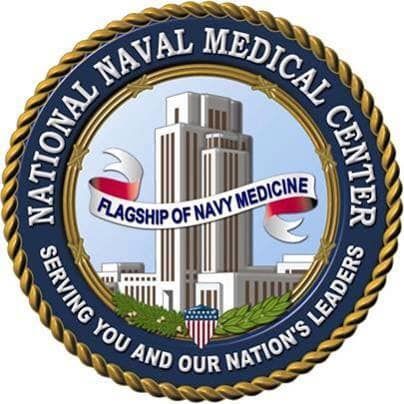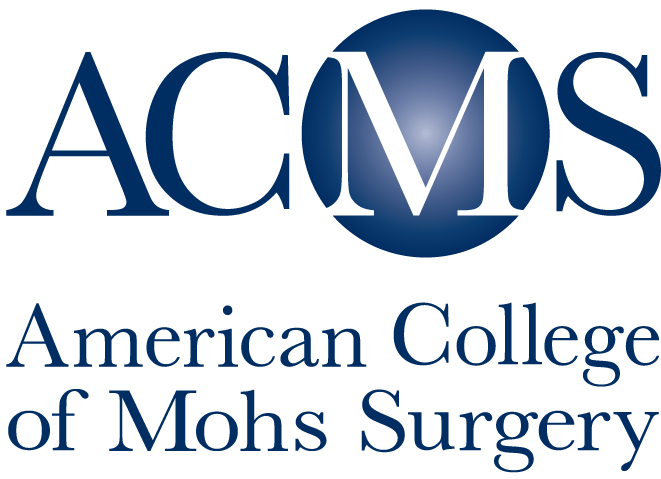Developed by general surgeon, Frederic E. Mohs, M.D. in the 1930s in Madison, Wisconsin, the Mohs micrographic surgical procedure has been refined and perfected for more than eight decades. Initially, Dr. Mohs removed tumors with a chemosurgical technique where thin layers of tissue were excised and pathologically examined after application of zinc chloride paste. He developed a unique technique of color-coding excised specimens and created a mapping process to accurately identify the location of remaining cancerous cells. Each stage of the original procedure took one day for the chemical paste to properly prepare the targeted tissue.
As the process evolved, surgeons refined the technique and now excise the tumor, remove layers of tissue, and examine the fresh tissue immediately. The chemosurgical technique developed by Dr. Mohs is no longer used. This reduces the normal treatment time to one visit and allows for immediate reconstruction of the wound. The heart of the procedure — the color-coded mapping of excised specimens and their thorough microscopic examination – remain the definitive part of the Mohs micrographic surgical procedure.



